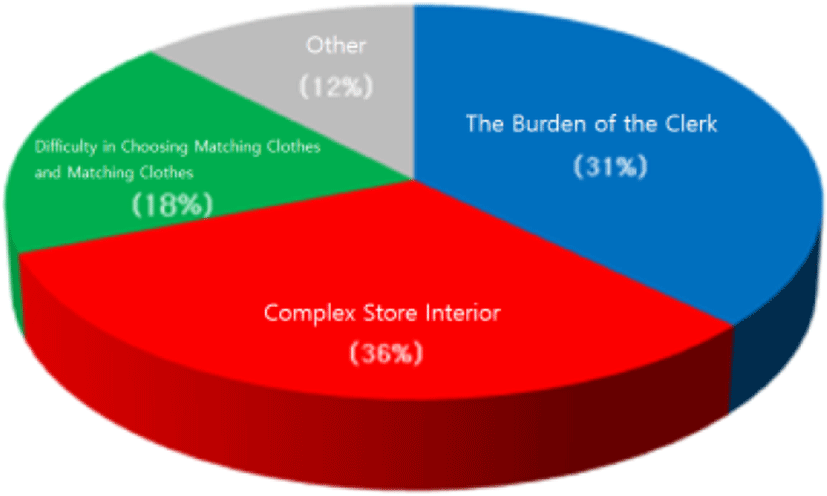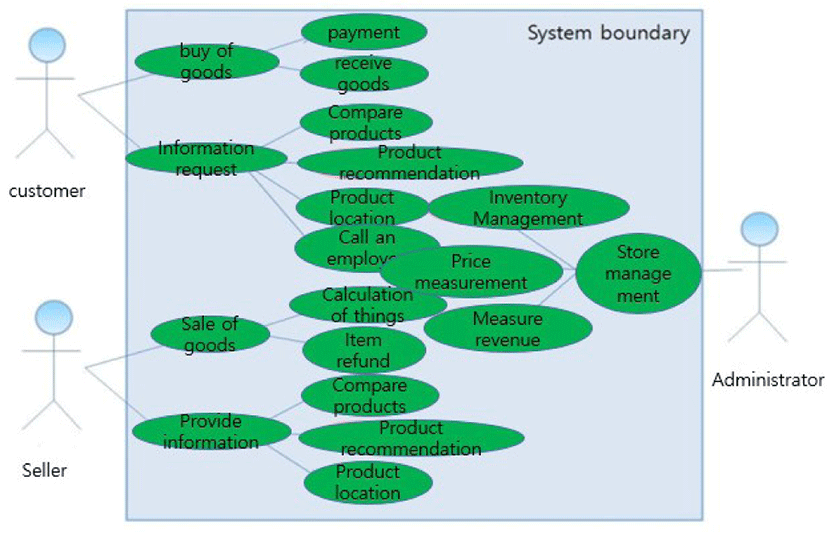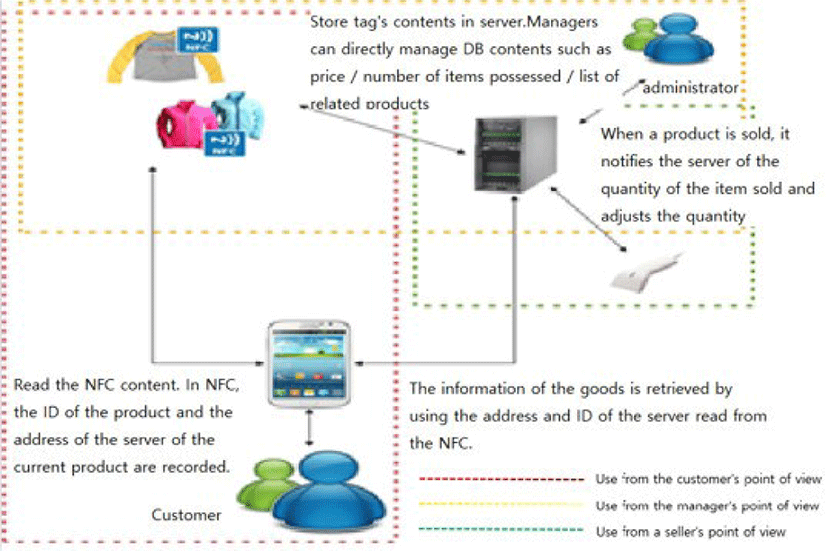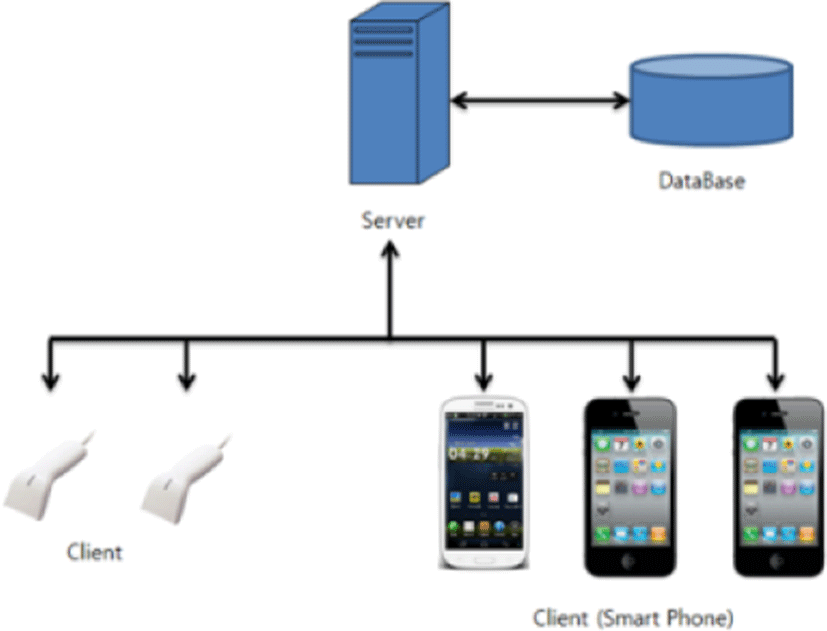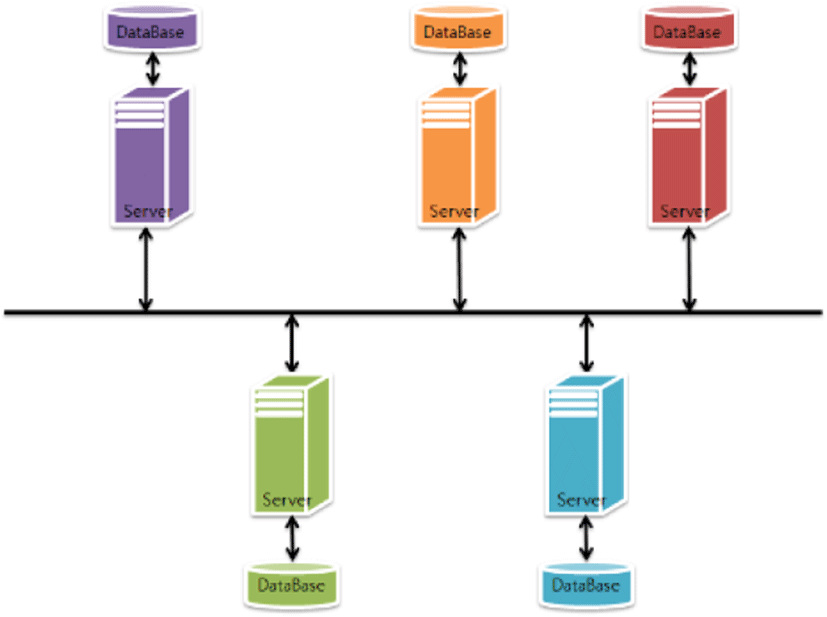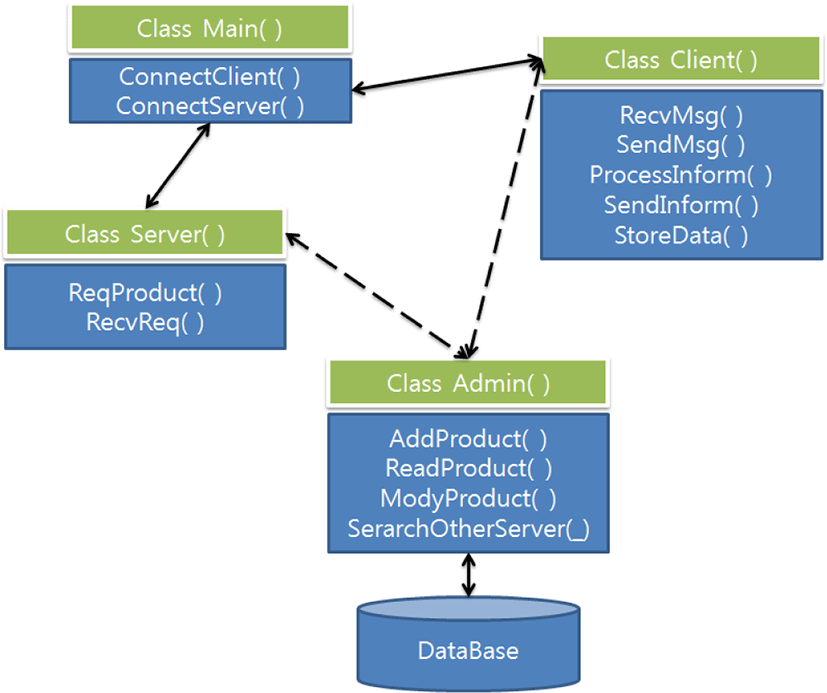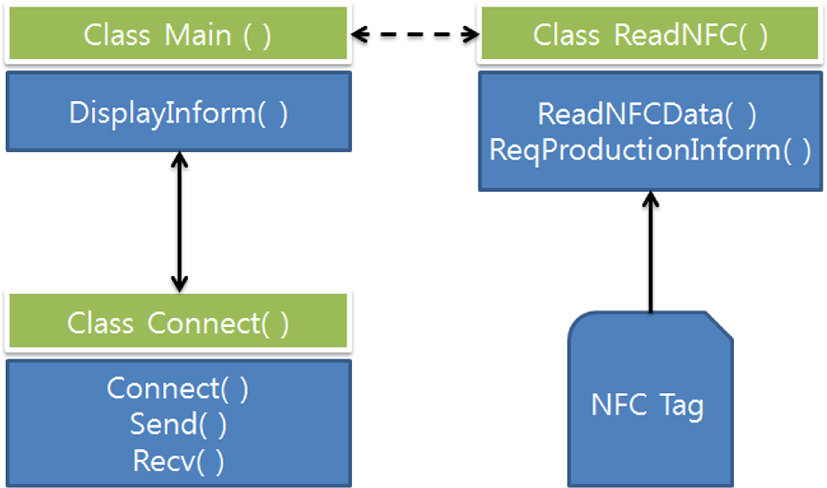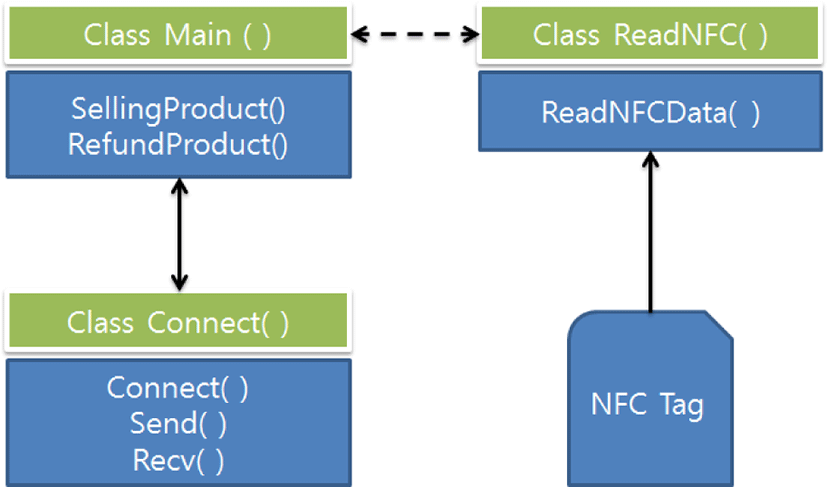I. INTRODUCTION
While the quality of life rises in this modern world, shopping behavior holds a special place in people's lives as a very natural and important act. Before proceeding to the main research, we have conducted a survey through SNS asking the shopping mall customers about what are the inconveniences they feel at the shopping malls. The object of such this survey was to provide a better service to the future customers [1].
After analyzing in Fig. 1, we have found that the two most inconvenient experiences were “crowded sales floors” and “uncomfortable burdensome services by the sales clerks”. Based on such a result, our team attempted to find a solution onto which a suitable IT technology can be grafted. Thus, we have designed a server which is based on the server-client structure and offers the NFC tag-based item classification function. Our design will generate more promotional effects by showing the customers product advertisements and information selectively as it can identify the needs of customers through the NFC tags. Our ultimate goal is to construct an exclusive IoT server for the huge space in a shopping mall where customers and products interact each other.
After analyzing [Fig. 1], we have found that the two most inconvenient experiences were “crowded sales floors” and “uncomfortable burdensome services by the sales clerks”. Based on such a result, our team attempted to find a solution onto which a suitable IT technology can be grafted. Thus, we have designed a server which is based on the server-client structure and offers the NFC tag-based item classification function. Our design will generate more promotional effects by showing the customers product advertisements and information selectively as it can identify the needs of customers through the NFC tags. Our ultimate goal is to construct an exclusive IoT server for the huge space in a shopping mall where customers and products interact each other.
II. RELATED RESEARCH
The NFC function can be regarded as one of the domains in the RFID technologies. Its main difference with existing RFID technology is that the NFC technology allows bi-directional communications. For the RFID communication, one side has to have a reader that can read information provided on the tag hold by the other side and interpret them. On the other hand, the NFC technology provides both functions so that it can offer more services. The common bandwidth used for the NFC technology is 13.56MHz and its transfer rate is 42Kbps.
Meanwhile, Cloth simulations are usually performed to assess the effect of geometrical variation or physical aspects. In most cases, the former draws faster results without considering the physical properties of the cloth being used. This makes it difficult to reproduce the dynamics of the clothes [1]-[3]. The latter allows more realistic simulation in understanding the dynamics and provides better accuracy as the cloth material’s structural properties will be considered for the simulation. In other words, both the law of dynamics and the law of mechanics are based on discrete dynamics, fluid dynamics, or elasticity theories, all of which determine the cloth behavior and its interaction with external environments [4]-[5]. Various methods often categorized as either a continuous physics-based or a discrete physics-based approach have been studied and proposed till now, emphasizing realism or computational efficiency [6]. The former introduces a rigorous, strict representation of a cloth in accordance with the continuum mechanics often adopting either a finite element (FE) or a finite difference model to produce a solution [7-9]. Meanwhile, by using the continuous Lagrange equations to represent the displacements from equilibrium positions, Terozopoulos et al. [7] modeled a surface deformation of a cloth, whereas Eischen et al. [10] employed the nonlinear shell theory and Li and Volkov [11] depicted the image of a cloth immersed in a quasistationary viscous fluid in terms of fluid dynamics. For this, a nonlinear FE method was applied to derive the system equations. This method aimed to produce various types of physical models for computer animation, which are effective in generating the behaviors instead of modeling a certain deformable cloth with high degree of accuracy. This method allowed the qualitative reproduction of similar behaviors without requiring a large number of computations [12]-[13].
A wireless identification system, NFC, allows a reader to identify the contents within a smart card or a tag and is installed in most of the currently available smartphones. Also, the NFC has become one of the core technologies for wireless communication-based transactions and it is expected that it will be used more widely in the future communication-based systems or infrastructures than any other short-distance communication technologies currently available, including Bluetooth or Zigbee [14]-[17].
Also, the technical reviews for the introduction of an RFID system are being actively conducted and the requirements for the system are becoming more diverse. Thus, a method which is able to enhance the RFID technology has been developed along with an efficient technical means of integrating various types of systems [18]-[20]. Meanwhile, a wide range of research on a tag identification algorithm or a multi-reader operating technics in a dense reader environment is being conducted to improve the identification performance of the passive readers as well.
In order to identify multiple tags in a dense reader environment, a technology which can efficiently control the interference between tags, or between reader and tags should be developed as well as a communication protocol which allows multiple readers to operate simultaneously. An efficient multi-tag identification algorithm has been developed for this reason. [21]-[25].
The most significant benefit of the NFC technology is the fact that most of the current smart phones have the NFC function built in already so that various forms of services are being created and offered. Table 1 shows some of the services being offered.
III. PROBLEMS OF SHOPPING MALLS AND ANALYSIS
In most cases, shopping malls have rather complex and crowded sales floors as there are thousands of products on each differently organized sales floor. For this reason, we will try to inform the customers about the location of a certain product with proposed system. Meanwhile, the other problem involves some burdensome services by the sales clerks. There are many customers who would just like to simply browse around. The proposed system will provide the product information only when the customers need them.
The users of this system will be those who are active mainly inside of the shopping mall.
Manager: Shopping mall mangers - take inventory and be in charge of pricing.
Customer: Those who actually purchase products. Buy product and demand product information.
Seller: Those who actually sell the products at the mall. Provide price information or calculate the prices.
Therefore, the diagram of use cases proposed in this study is shown in Fig. 2 and the entire system structure is represented in Fig. 3.
IV. DESIGN OF THE PLATFORM TECHNOLOGY FOR THE SMART SHOPPING MALL USING NFC
Figure 4 shows the Server-Client structure. The servers on each floor need to communicate each other to find the products not currently displayed or stocked on their respective floors so that they solve the problem by establishing a P2P-type server network.
In this network, all the involved servers equally assume the role of both the Server and the Client in Fig. 5. Each server delivers a product information request to all the nodes located on the P2P network and the respective servers respond to the request by sending a reply to the node that has made the request. Since central server is not required for this system, unnecessary waste of resources can be reduced.
Fig. 6 shows the design of the server proposed in this study. Class Main ( ), Class Server ( ), Class Client (socket) and Class Admin ( ) will be implemented here. Also, Fig. 7 shows a Design of Smart Phone (Client).
The design of a computation device that uses the NFC reader dissimilar to the popular bar-code type devices is shown in Fig. 8 Class Connect( ), Class ReadNFC( ), and Class Main( ) will be implemented here.
V. CONCLUSION AND FUTURE WORK
This study introduces a server system developed exclusively for the smart shopping mall or smart stores. Basically, the system has a server-client structure and its primary functions are to categorize or promote/advertise the products efficiently and provide necessary information to the customers in real time while they are enjoying shopping. The system’s NFC function allows the reader to read the contents of the NFC tags attached to each product to provide relevant information related to it. Such a system offers a more comfortable shopping experience for the customers who prefer a self-oriented shopping practice in a convenient environment, which is considered as the current or future trend in off-line shopping. Both Android and iOS can be adopted for the system as an OS whereas Java and Object-C are preferable for them, respectively, for the reason that these OS’s and languages are still most suitable for system development due to their flexibility and compatibility, as well as their popularity. However, as it was considered that the former (Android with Java) was better for the system to be built in terms of costs and test environment, an Android-based application will be developed first and then an iOS-based one next. Both will be published after obtaining copyright.








